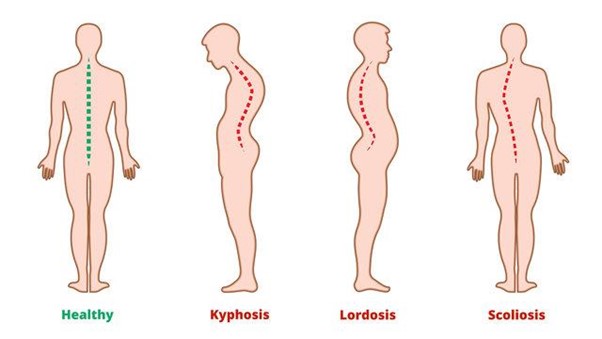A home health nurse is seeing an elderly male client for the first time. During the physical assessment of the skin on the lower legs the skin is pale and cool to touch. The nurse notes small circular ulcers on the soles of his feet. From these findings, the nurse knows that the client has a problem with circulation. Which of the circulation condition does the nurse suspect?

Necrotic wound
Trauma
Venous insufficiency
Arterial insufficiency
The Correct Answer is D
The findings of pale and cool skin on the lower legs, along with small circular ulcers on the soles of the feet, are indicative of arterial insufficiency. Arterial insufficiency occurs when there is a decreased blood flow to the extremities, often due to conditions such as atherosclerosis or peripheral arterial disease. This reduced blood flow can result in pale and cool skin, as well as the development of ulcers, which are typically round and have well-defined borders. It is essential to assess and manage arterial insufficiency promptly to prevent complications like tissue necrosis and gangrene.
Nursing Test Bank
Naxlex Comprehensive Predictor Exams
Related Questions
Correct Answer is D
Explanation
The findings of pale and cool skin on the lower legs, along with small circular ulcers on the soles of the feet, are indicative of arterial insufficiency. Arterial insufficiency occurs when there is a decreased blood flow to the extremities, often due to conditions such as atherosclerosis or peripheral arterial disease. This reduced blood flow can result in pale and cool skin, as well as the development of ulcers, which are typically round and have well-defined borders. It is essential to assess and manage arterial insufficiency promptly to prevent complications like tissue necrosis and gangrene.
Correct Answer is D
Explanation
A. Lordosis: Lordosis is an inward curvature of the spine, commonly seen in the lower back (lumbar spine) or neck (cervical spine). It creates a swayback appearance. Lordosis is not typically associated with osteoporosis.
B. Scoliosis: Scoliosis is a sideways curvature of the spine, creating an "S" or "C" shape. While scoliosis can occur in people of all ages, it is not directly caused by osteoporosis.
C. Ankylosis: Ankylosis refers to the stiffening or fusion of joints, often due to inflammation and progressive loss of function. It is not a spinal deformity associated with osteoporosis.
D. Kyphosis: Kyphosis is a forward rounding of the back, leading to a hunched or humpbacked posture. It commonly affects the upper back (thoracic spine) and is associated with osteoporosis, especially in older adults. When the bones in the spine weaken due to osteoporosis, they can compress and collapse, leading to the development of kyphosis. This condition is sometimes referred to as a dowager's hump when it occurs in older women.

Whether you are a student looking to ace your exams or a practicing nurse seeking to enhance your expertise , our nursing education contents will empower you with the confidence and competence to make a difference in the lives of patients and become a respected leader in the healthcare field.
Visit Naxlex, invest in your future and unlock endless possibilities with our unparalleled nursing education contents today
Report Wrong Answer on the Current Question
Do you disagree with the answer? If yes, what is your expected answer? Explain.
Kindly be descriptive with the issue you are facing.
